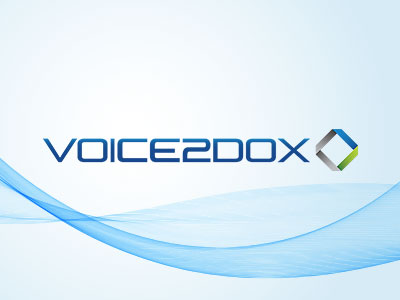Critical findings workflow leads new features list
FORT LAUDERDALE – July 17, 2012 ― IDS, a pioneer in delivering healthcare technology and applications in the cloud, is expanding its comprehensive reporting capabilities with its newly released version of Voice2Dox.
Voice2Dox 3.0 helps healthcare providers improve encounter and diagnostic study reporting, while also cutting the time they spend on routine documentation tasks. The latest enhancements include:
Critical Findings workflow – Radiologists can initiate a complete workflow process for the communication of critical findings to referring physicians. By automating the communication and tracking of critical results, typically a time-consuming manual process, Voice2Dox prevents errors, closes communication loopholes, and enables organizations to stay compliant with regulations.
Delayed report sending – Physicians can set a delay timer – typically between 30 seconds and 10 minutes – after they’ve signed off on a report. This fail-safe feature allows for last-minute edits, without having to create an addendum.
Integrated data fields – Manual entry is virtually eliminated, as any data field values associated with PACS files or DICOM images (including demographic and facility information and image quantities) are automatically imported into reports.
Workflow mode selection – Physicians can choose, at the point of dictation, how they want to generate an individual report, via traditional dictation-transcription, speech recognition, using a standard template, or some combination of all three.
Full-function formatting – Voice2Dox 3.0 provides full-function text formatting tools as a standard feature in the report editor, which also supports embedded tables, with table templates and jump points linked to each cell.
“It’s rewarding to see how small advances in technology can have an immense impact on workflow and productivity,” said IDS CEO Yaniv Dagan, noting the user-based insights that went into the development of Voice2Dox 3.0. “We work so closely with our clients that we can rapidly incorporate enhancements directly from our physicians’ wish lists. And, since we operate in the cloud, everyone associated with our ecosystem – especially the patient caregiver community – automatically benefits from even one good idea.”





